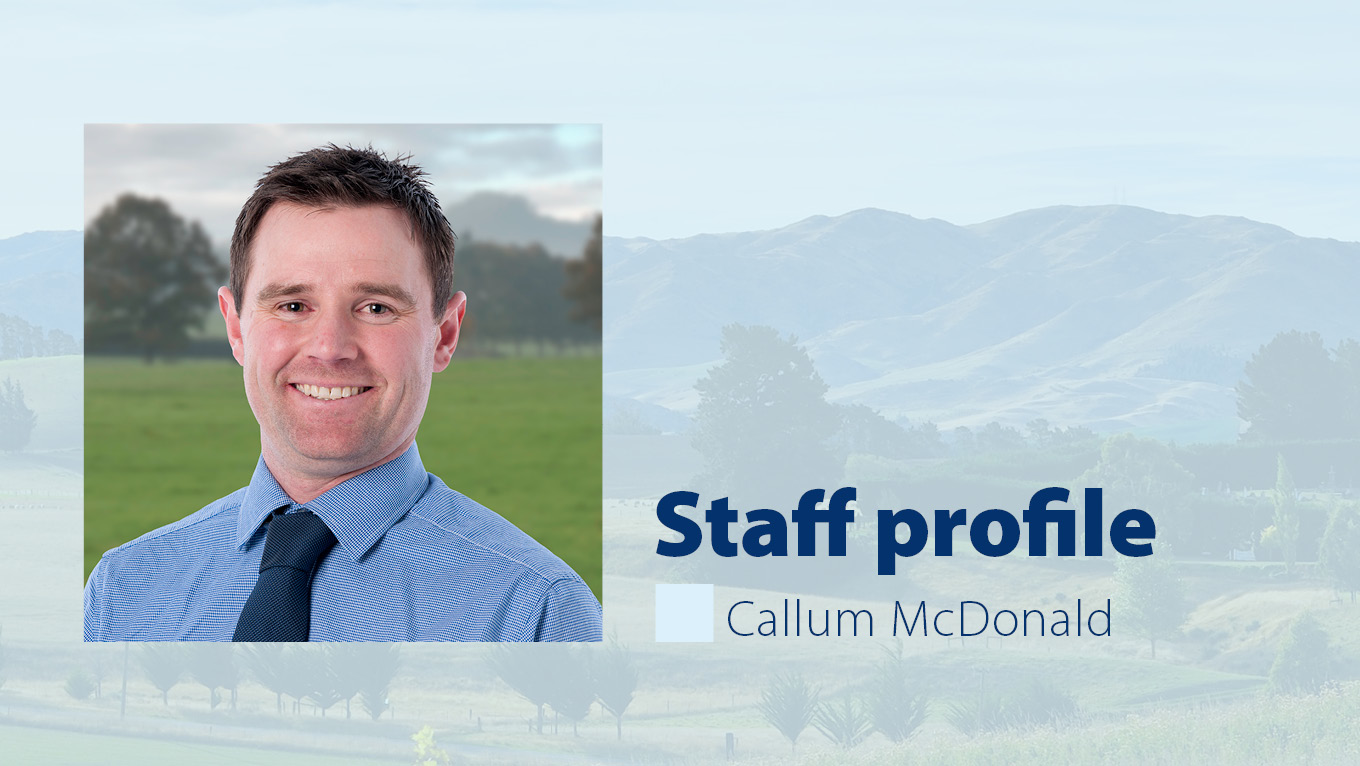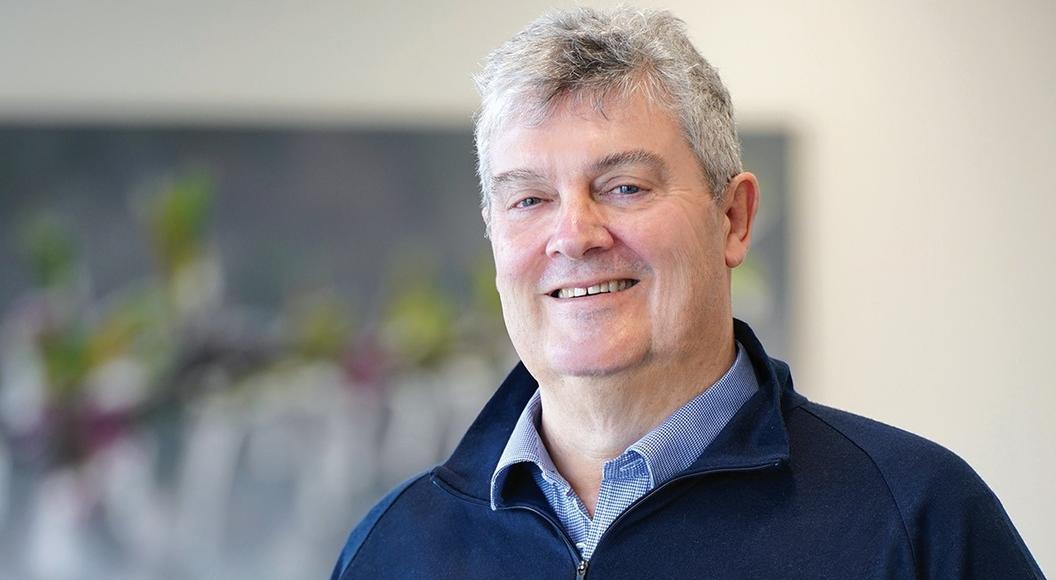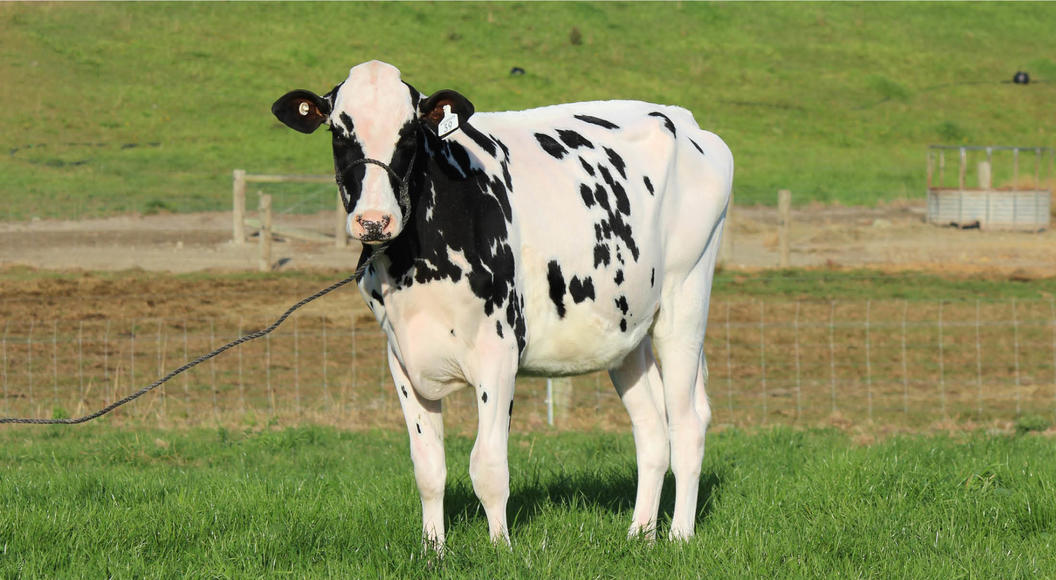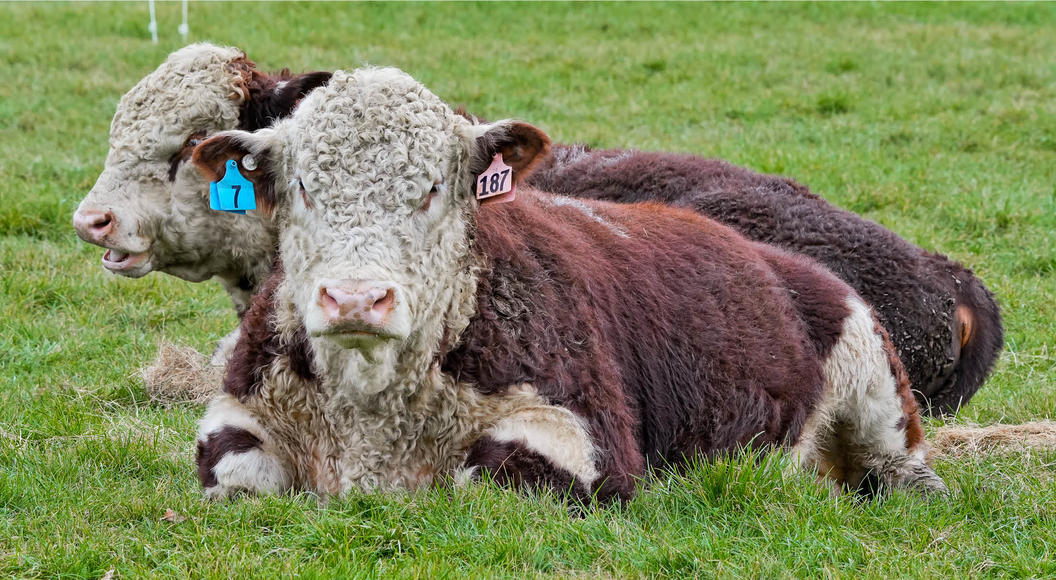
Livestock Market Update: Callum McDonald - the eyes and ears of the farmer
Born and raised on a Southland sheep and beef farm, Callum McDonald is Livestock Genetics Representative for PGG Wrightson in Otago and Southland.
After leaving school, Callum spent a few years in Dunedin, gaining a Bachelor of Science from Otago University. However, he always knew what lay ahead.
“One way or another farming was always going to be in my future, and this opportunity came up in 2008, after I’d done a couple of other farming related jobs.
“Dealing with farmers on a day to day basis suits me. I enjoy the people side of it, being a part of their business. We are the eyes and ears of the farmer, saving them from having to traipse around the country looking for a ram or a stud bull. It is our job to find the genetics they need to help improve their herd or flock, and therefore their business.
“If your client is successful, that’s when you find satisfaction,” he says.
Covering a fair percentage of the South Island, from the Waitaki south, and on the West Coast as far north as Fox, Callum clocks up around 70,000 kilometres per annum.
“There is plenty of variety, in the climate as much as anything. On one hand the Southland plains have excellent grass growth in the summer, though are cold and wet in winter, whereas other parts of the region are dry and warmer. One size doesn’t fit all in this region, in fact every farm and every farmer is different,” he says.
Land use change is another ongoing story in the region.
“In the past 20 years several districts have gone from traditional sheep and beef to move heavily into dairy. That changes the opportunities for farmers. We sell a lot of yearling bulls in the spring now, which we never used to. Genetics is a long game, not something you can turn on or off overnight,” says Callum.
Serving such a large and varied region, from home base at Myross Bush just out of Invercargill, means staying well organised.
“You can’t be everywhere. You can’t wake up in the morning and decide what you’ll do that day. You need to plan in advance, tackle it area by area, and have good relationships with the livestock reps to help out as well,” he says.
Relationships and good planning are where Callum reckons to add value for his clients.
“Every farmer is an individual, and every farm is different. I treat each one as a unique business to find what works for them. My advice is ‘make a plan and stick to it.’ You need to work out how to improve your business, though you also need to know your faults and work on fixing those: don’t just try to change for the sake of it.
“Using genetics is part of the bigger picture, though there are plenty of other influences that you need to incorporate, including location, the environment and management practices. Genetics is the start of it though: assessing how that farmer works, what advantages they might have and finding the opportunities to change or to improve what they are doing.
“It’s a long game. Next year’s selling season starts the day after the final sale of this season,” says Callum.


